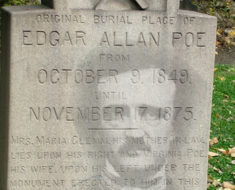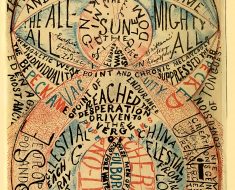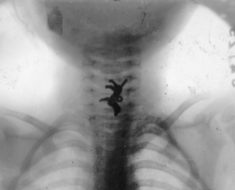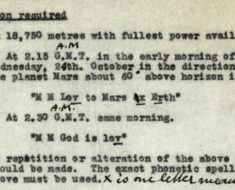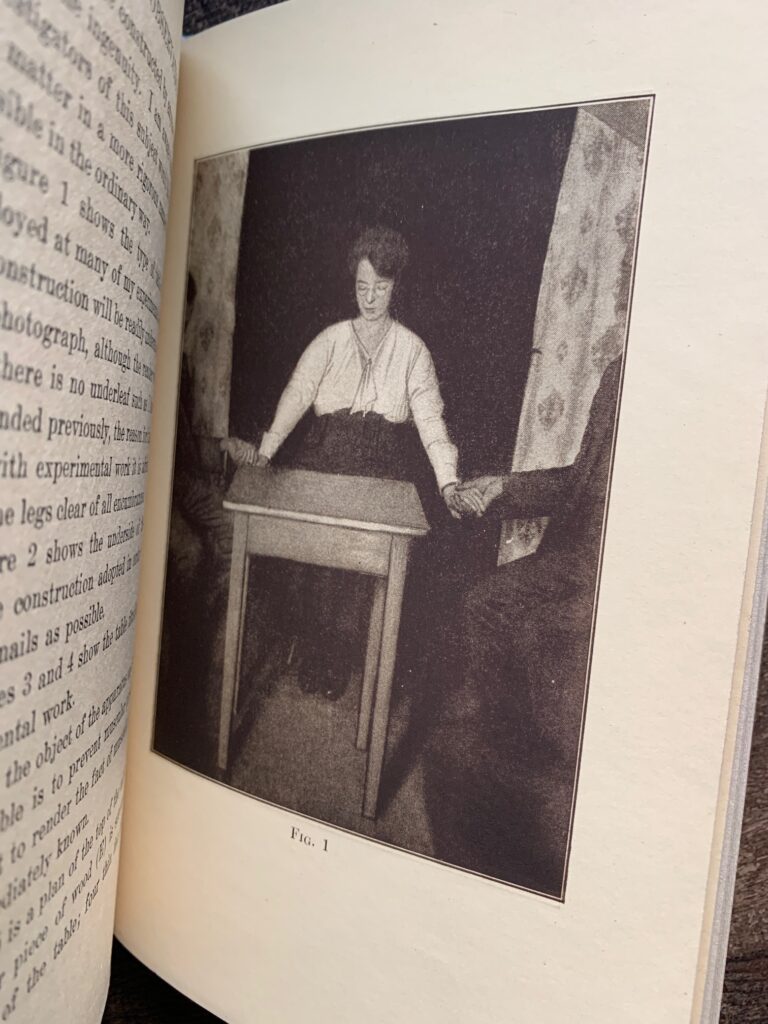
Table levitation was a staple of turn-of-the-century séances, but were ghosts actually responsible? Or just clever mediums? According to 1918’s Hints and Observations for Those Investigating the Phenomena of Spiritualism, by William Crawford, it was the former. Yes, based on the author’s studies, the dead could make tables dance.
Crawford’s confidence came partly from a conversation he had with a spirit, who validated his belief that spirits create “a loose fibrous or thread-like structure” that is “projected from the medium and attached to the under surface of the table.” It’s then apparently treated like a marionette controlled from beyond the veil.
Here is the ghostly conversation Crawford printed in his book:
Q. Let us consider the phenomenon of levitation. Do you first of all eject a thread-like loose structure from the medium’s body to the under surface of the table and attach the end of it to the under surface?
A. Yes.
Q. Do you then exert a force along the loose structure which stiffens it and enables it to levitate the table?
A. Yes.
Q. Do you apply this force gradually?
A. Yes.
(These three answers agree with what I found from experiment.)
Q. Now I want to consider the thread-like structure along which you exert the psychic force. Is each of these threads in reality a tube?
A. Yes.
Q. Each is hollow inside?
A. Yes.
Q. You know what is meant by a tube?
A. Yes.
Q. Do you stiffen the tubes by filling them with something?
A. Yes.
Q. With a gas?
A. Yes.
Q. You know what I mean by a gas?
A. Yes.
Q. Is it not a fluid like water you inject into the tubes?
A. No.
Q. Is it not a liquid?
A. No.
Q. Is it a gas?
A. Yes.
Q. Is the gas one like the air we have here?
A. No.
Q. You know what a gas of the earth is like?
A. Yes.
Q. Is the gas you inject into the tubes like Oxygen, Nitrogen, Hydrogen, or any of the others we have here?
A. No.
Q. But it is a gas?
A. Yes.
Q. You are quite sure it is a gas?
A. Yes.
Q. But we have no gas on earth like it?
A. No.
Q. Then this particular gas of which you speak does not belong to the earth?
A. No.
Q. It is only to be found in the spirit world?
A. Yes.
Q. But you would call it a gas?
A. Yes.
Q. This gas is supplied to you for the purpose of producing the phenomena?
A. Yes.
Q. Does the material of which the tubes are formed belong to the spirit world like the gas?
A. No.
Q. The material for the tubes belongs to the matter of our earth?
A. Yes.
Q. Is it matter taken from the body of the medium?
A. Yes.
Q. So that a tube consists of two kinds of matter, matter from the earth and matter from the spirit world?
A. Yes.
Afterward, Crawford examined the conversation and attempted additional chats with the questions rephrased, but as he noted, “the operators stuck to their tale.”
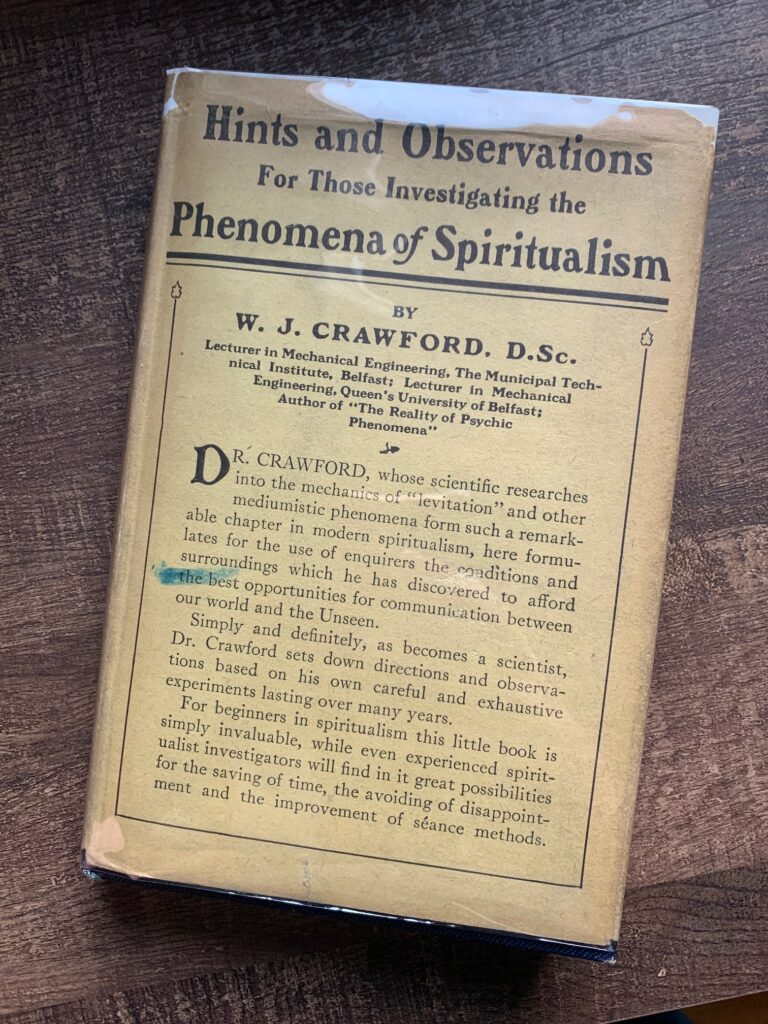
“In brief it is that the structure which levitates the table, which moves the table about the floor, which makes raps, consists of a bundle of tubes,” Crawford wrote. “The tubes themselves are manufactured from matter taken from the body of the medium. A gas, or something which resembles a gas, and which is not found on earth but belongs exclusively to the psychic world, is injected into the tubes and this causes a pressure which makes the whole bundle rigid or semi-rigid. My readers are to understand of course that the explanation is not mine and that the rapping entities are responsible for it.”
This explanation, Crawford stressed, is not to be taken too seriously, because the spirits can’t necessarily explain their process in “plain terms.” But for the general reader, accepting a system of gases forming tubes within mediums that get extracted from their bodies to lift tables should suffice.

